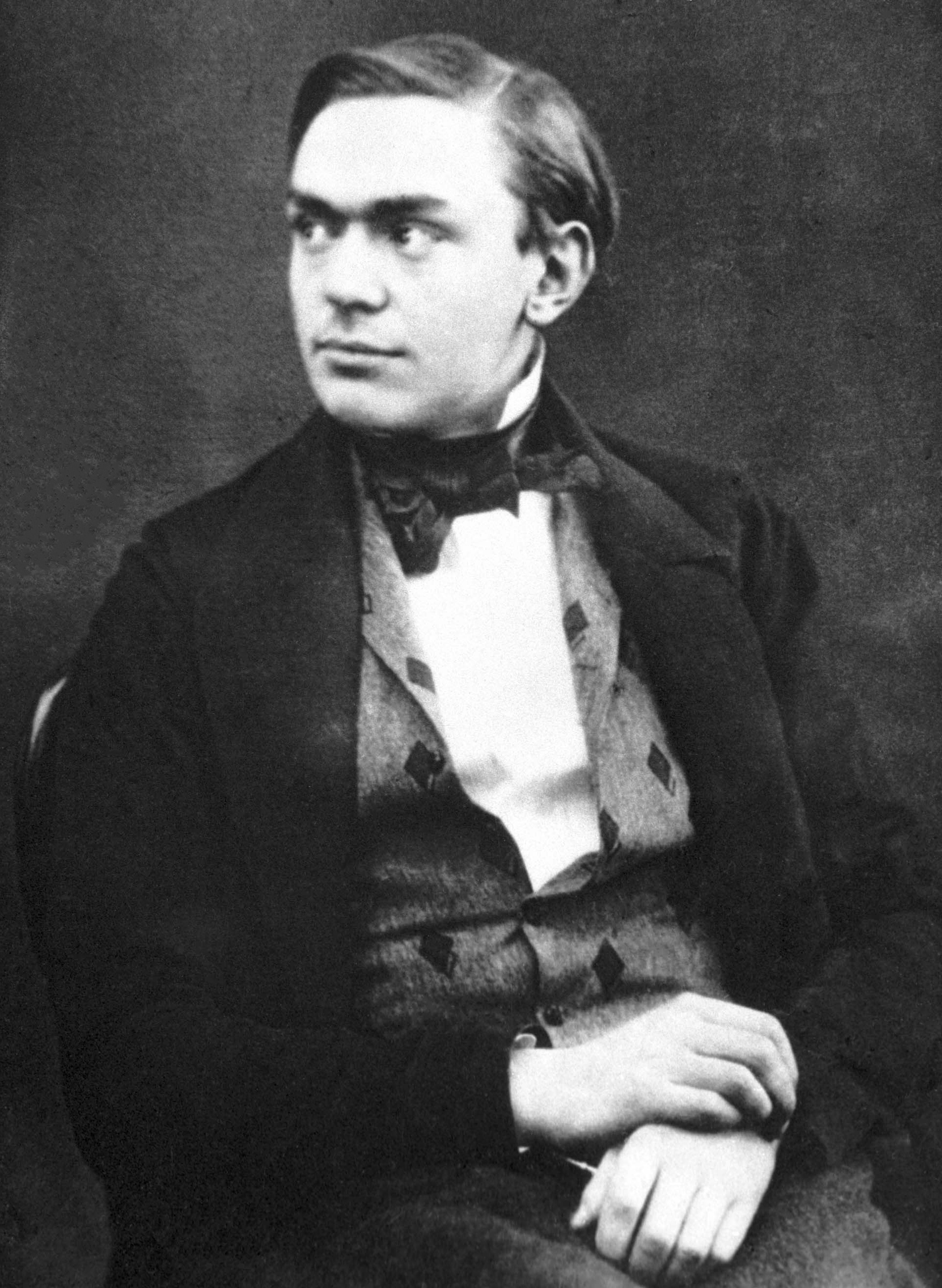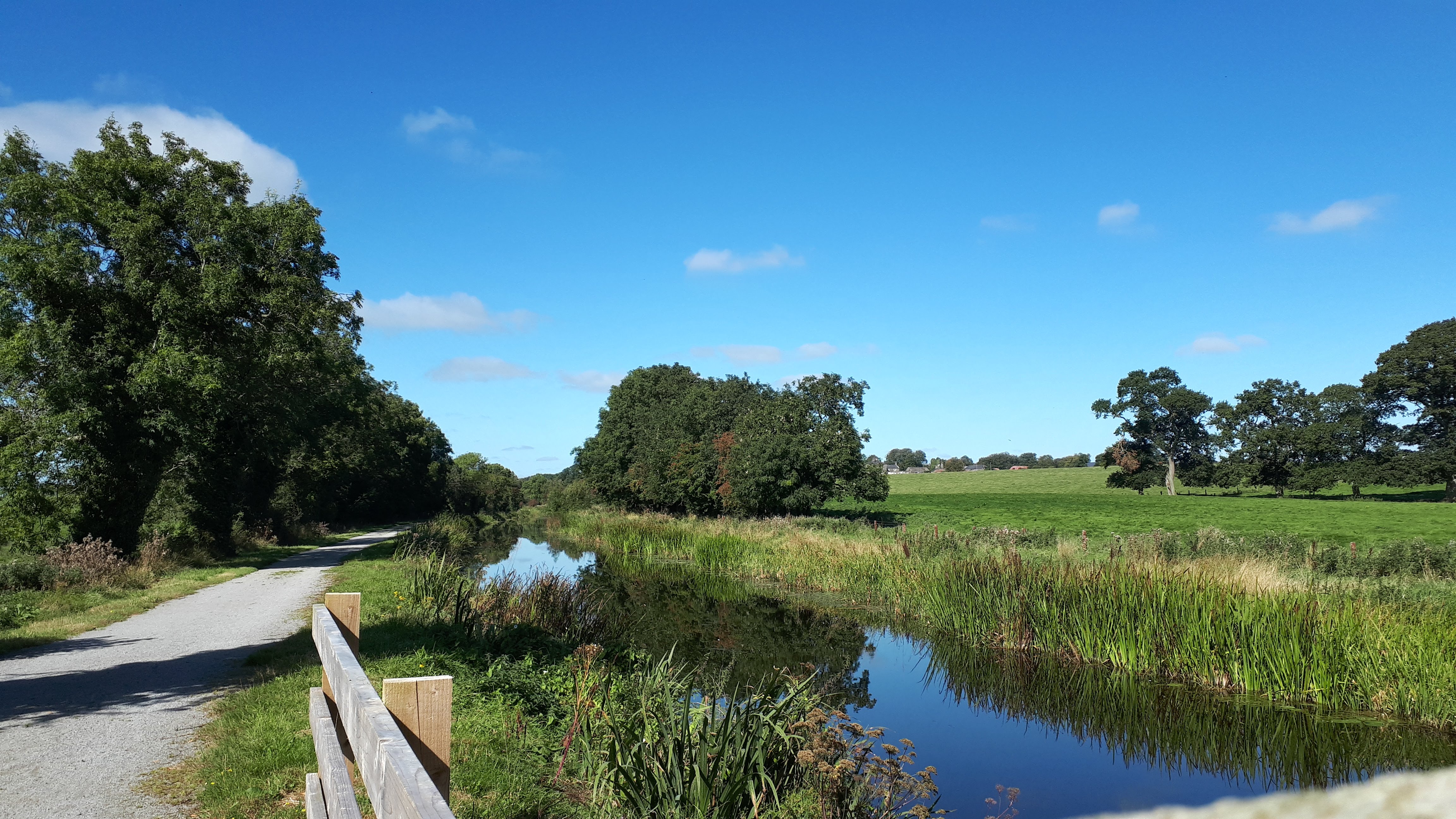|
Gelignite
Gelignite (), also known as blasting gelatin or simply "jelly", is an explosive material consisting of collodion-cotton (a type of nitrocellulose or guncotton) dissolved in either nitroglycerine or nitroglycol and mixed with wood pulp and saltpetre ( sodium nitrate or potassium nitrate). It was invented in 1875, by Swedish chemist Alfred Nobel, who also invented dynamite. It is more stable than dynamite, but can still suffer from "sweating" or leaching out nitroglycerine. Its composition makes it easily moldable and safe to handle without protection, as long as it is not near anything capable of detonating it. One of the cheapest explosives, it burns slowly and cannot explode without a detonator, so it can be stored safely. In the United Kingdom, an explosives certificate, issued by the local Chief Officer of Police, is required for possession of gelignite. Due to its widespread civilian use in quarries and mining, it has historically been used by terrorist groups such as t ... [...More Info...] [...Related Items...] OR: [Wikipedia] [Google] [Baidu] |
Plastic Explosive
Plastic explosive is a soft and hand-moldable solid form of explosive material. Within the field of explosives engineering, plastic explosives are also known as putty explosives or blastics. Plastic explosives are especially suited for explosive demolition. Common plastic explosives include Semtex and C-4. The first manufactured plastic explosive was gelignite in 1875, invented by Alfred Nobel. Usage Plastic explosives are especially suited for explosive demolition of obstacles and fortifications by engineers, combat engineers and criminals as they can be easily formed into the best shapes for cutting structural members and have a high enough velocity of detonation and density for metal cutting work. An early use of plastic explosives was in the warhead of the Petard demolition mortar of the British Armoured Vehicle Royal Engineers (AVRE); said mortar was used to destroy concrete fortifications encountered during Operation Overlord (D-Day). The original use of Nobel 808 s ... [...More Info...] [...Related Items...] OR: [Wikipedia] [Google] [Baidu] |
Nitroglycerine
Nitroglycerin (NG), (alternative spelling of nitroglycerine) also known as trinitroglycerin (TNG), nitro, glyceryl trinitrate (GTN), or 1,2,3-trinitroxypropane, is a dense, colorless, oily, explosive liquid most commonly produced by nitrating glycerol with white fuming nitric acid under conditions appropriate to the formation of the nitric acid ester. Chemically, the substance is an organic nitrate compound rather than a nitro compound, but the traditional name is retained. Invented in 1847 by Ascanio Sobrero, nitroglycerin has been used ever since as an active ingredient in the manufacture of explosives, namely dynamite, and as such it is employed in the construction, demolition, and mining industries. Since the 1880s, it has been used by militaries as an active ingredient and gelatinizer for nitrocellulose in some solid propellants such as cordite and ballistite. It is a major component in double-based smokeless propellants used by reloaders. Combined with nitrocellulo ... [...More Info...] [...Related Items...] OR: [Wikipedia] [Google] [Baidu] |
Explosive Material
An explosive (or explosive material) is a reactive substance that contains a great amount of potential energy that can produce an explosion if released suddenly, usually accompanied by the production of light, heat, sound, and pressure. An explosive charge is a measured quantity of explosive material, which may either be composed solely of one ingredient or be a mixture containing at least two substances. The potential energy stored in an explosive material may, for example, be * chemical energy, such as nitroglycerin or grain dust * pressurized gas, such as a gas cylinder, aerosol can, or BLEVE * nuclear energy, such as in the fissile isotopes uranium-235 and plutonium-239 Explosive materials may be categorized by the speed at which they expand. Materials that detonate (the front of the chemical reaction moves faster through the material than the speed of sound) are said to be "high explosives" and materials that deflagrate are said to be "low explosives". Explosives may a ... [...More Info...] [...Related Items...] OR: [Wikipedia] [Google] [Baidu] |
Alfred Nobel
Alfred Bernhard Nobel ( , ; 21 October 1833 – 10 December 1896) was a Swedes, Swedish chemist, engineer, inventor, businessman, and Philanthropy, philanthropist. He is best known for having bequeathed his fortune to establish the Nobel Prize, though he also made several important contributions to science, holding 355 patents in his lifetime. Nobel's most famous invention was dynamite, a safer and easier means of harnessing the explosive power of nitroglycerin; it was patented in 1867. Nobel displayed an early aptitude for science and learning, particularly in chemistry and languages; he became fluent in six languages and filed his first patent at age 24. He embarked on many business ventures Nobel family, with his family, most notably owning Bofors, an iron and steel producer that he developed into a major manufacturer of cannons and other armaments. Nobel was later inspired to donate his fortune to the Nobel Prize institution, which would annually recognize those who ... [...More Info...] [...Related Items...] OR: [Wikipedia] [Google] [Baidu] |
Provisional Irish Republican Army
The Irish Republican Army (IRA; ), also known as the Provisional Irish Republican Army, and informally as the Provos, was an Irish republican paramilitary organisation that sought to end British rule in Northern Ireland, facilitate Irish reunification and bring about an independent, socialist republic encompassing all of Ireland. It was the most active republican paramilitary group during the Troubles. It saw itself as the army of the all-island Irish Republic and as the sole legitimate successor to the original IRA from the Irish War of Independence. It was designated a terrorist organisation in the United Kingdom and an unlawful organisation in the Republic of Ireland, both of whose authority it rejected. The Provisional IRA emerged in December 1969, due to a split within the previous incarnation of the IRA and the broader Irish republican movement. It was initially the minority faction in the split compared to the Official IRA, but became the dominant faction by 1972. T ... [...More Info...] [...Related Items...] OR: [Wikipedia] [Google] [Baidu] |
Booster Charge
{{unreferenced, date=August 2011 An explosive booster is a sensitive explosive charge that acts as a bridge between a (relatively weak) conventional detonator and a low-sensitivity (but typically high-energy) explosive such as TNT. By itself, the initiating detonator would not deliver sufficient energy to set off the low-sensitivity charge. However, it detonates the primary charge (the booster), which then delivers an explosive shockwave that is sufficient to detonate the secondary, main, high-energy charge. Unlike C4 plastic explosive, not all explosives can be detonated simply by inserting a detonator and firing it. An initiator such as a shock tube, cannon fuse, or even a conventional detonator does not deliver sufficient shock to detonate charges comprising TNT, Composition B, ANFO and many other high explosives. Therefore, some form of "booster" is required to amplify the energy released by the detonator so that the main charge will detonate. At first, picric acid was u ... [...More Info...] [...Related Items...] OR: [Wikipedia] [Google] [Baidu] |
Enfield, County Meath
Enfield () or Innfield is a town in south County Meath, Ireland, situated between Kilcock and Kinnegad and very close to the border with County Kildare. The town is on the Dublin-Sligo railway line. It is located on the R148 regional road, formerly the N4 national primary road connecting Dublin to Connacht. In the 20 years between the 1996 and 2016 census, the population of Enfield grew considerably from just 566 inhabitants to 3,239 people. This increase is due to its location on the commuter belt to Dublin. Similarly to many other dormitory towns in this vicinity, numerous housing estates have been constructed, with 2016 census numbers indicating that 80% of the town's housing stock (826 of 1,024 households) was built between 1991 and 2010. Name The village's Irish name, ''An Bóthar Buí'' (the yellow road), is derived from the yellow mud that formed on the main street of the village through a combination of rain and the churning effect of the wheels of the stagecoach on ... [...More Info...] [...Related Items...] OR: [Wikipedia] [Google] [Baidu] |
Irish Army
The Irish Army, known simply as the Army ( ga, an tArm), is the land component of the Defence Forces of Ireland.The Defence Forces are made up of the Permanent Defence Forces – the standing branches – and the Reserve Defence Forces. The Army is part of the PDF. Approximately 7,300 people served in the Irish Army on a permanent basis , and there were 1,600 active reservists, divided into two geographically organised brigades. By late September 2020, this had reduced to 6,878 permanent army personnel. As well as maintaining its primary roles of defending the State and internal security within the State, since 1958 the Army has had a continuous presence in peacekeeping missions around the world. The Army also participates in the European Union Battlegroups. The Air Corps and Naval Service support the Army in carrying out its roles. Roles of the Army The roles of the Army are: * To defend the Irish state against armed aggression. * To give aid to the civil power (ATCP). Th ... [...More Info...] [...Related Items...] OR: [Wikipedia] [Google] [Baidu] |
The Times
''The Times'' is a British daily national newspaper based in London. It began in 1785 under the title ''The Daily Universal Register'', adopting its current name on 1 January 1788. ''The Times'' and its sister paper ''The Sunday Times'' (founded in 1821) are published by Times Newspapers, since 1981 a subsidiary of News UK, in turn wholly owned by News Corp. ''The Times'' and ''The Sunday Times'', which do not share editorial staff, were founded independently and have only had common ownership since 1966. In general, the political position of ''The Times'' is considered to be centre-right. ''The Times'' is the first newspaper to have borne that name, lending it to numerous other papers around the world, such as ''The Times of India'', ''The New York Times'', and more recently, digital-first publications such as TheTimesBlog.com (Since 2017). In countries where these other titles are popular, the newspaper is often referred to as , or as , although the newspaper is of nationa ... [...More Info...] [...Related Items...] OR: [Wikipedia] [Google] [Baidu] |
Truck Hijacking
Carjacking is a robbery in which the item taken over is a motor vehicle.Michael Cherbonneau, "Carjacking," in ''Encyclopedia of Social Problems'', Vol. 1 (SAGE, 2008: ed. Vincent N. Parrillo), pp. 110-11. In contrast to car theft, carjacking is usually in the presence and knowledge of the victim. A common crime in many places in the world, carjacking has been the subject of legislative responses, criminology studies, and prevention efforts. Commercial vehicles such as trucks and armored cars containing valuable cargo are common targets of carjacking attempts. Carjacking usually involves physical violence to the victim, or using the victim as a hostage. In rare cases, carjacking may also involve sexual assault. Etymology The word is a portmanteau of '' car'' and ''hijacking''. The term was coined by reporter Scott Bowles and editor EJ Mitchell with ''The Detroit News'' in 1991. ''The News'' first used the term in a report on the murder of Ruth Wahl, a 22-year-old Detroit drugst ... [...More Info...] [...Related Items...] OR: [Wikipedia] [Google] [Baidu] |




.jpg)

.jpg)